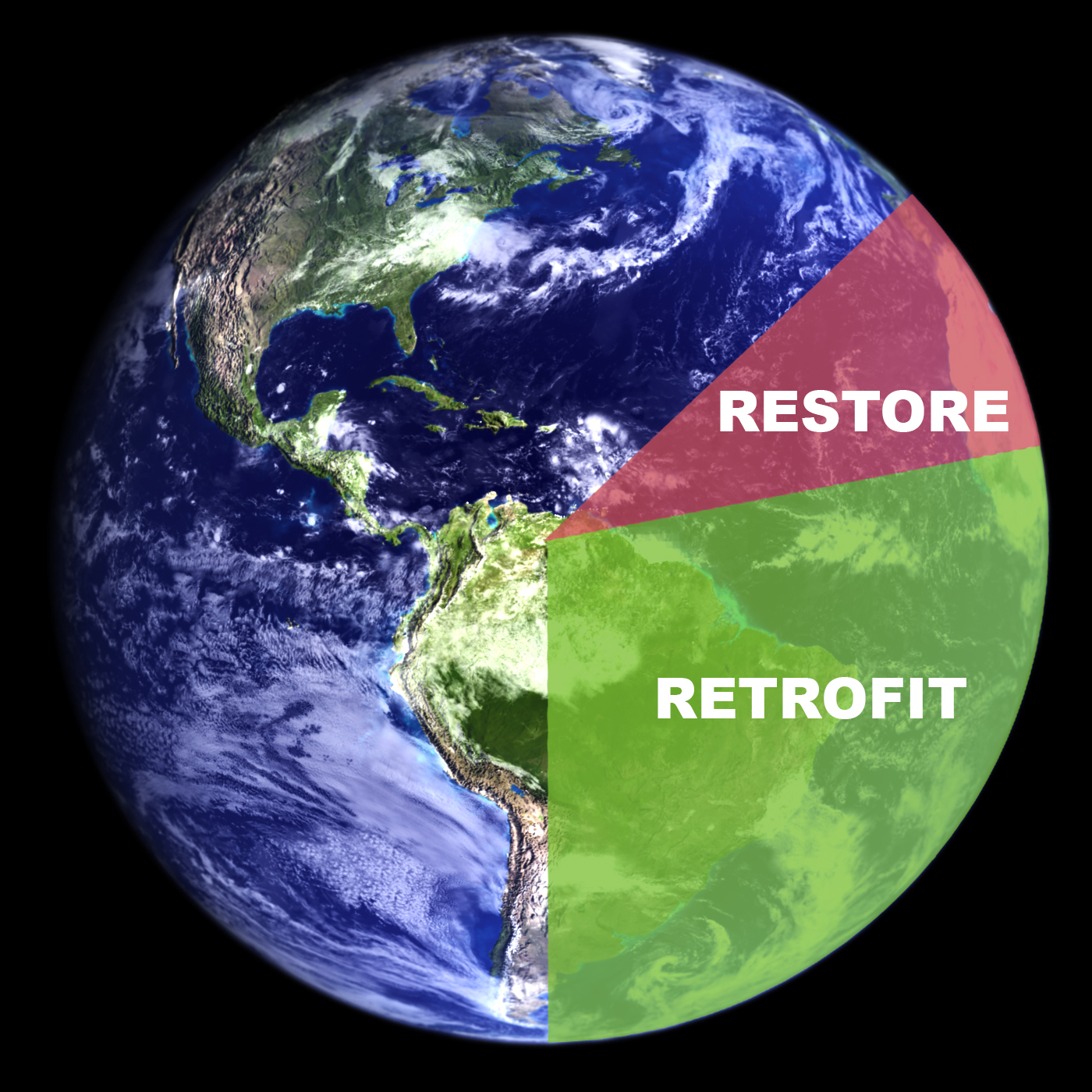As civilization (?) expanded westward, everything had to be built up from scratch. Developing new land, erecting new structures, creating new cities. But this era has long since passed. Even in China, where up to 20 new cities are being built every year, the bubble is about to burst. Construction is increasingly shifting from a practice of creating new built environments, to renovating , repairing, and sometimes just removing the existing structures. And what are we to do with all the existing materials?
Re-using of materials has long been the mantra of our schoolchildren, and many industries have also seen the wisdom of providing for the recycling of the product in its end use. For example, in the US, 95% of “junked” cars are processed for recycling, with about 75% of the car’s manufactured content mostly metals) eventually being recycled for raw material use.
One of the main reasons automobiles could be recycled was due to the nature of metals, and the ability to purify and separate out elements for re-use in their raw state. Construction is not quite so straightforward, since it involves many more materials which are intermixed within the same assembly. Possibly the “cleanest” of materials for construction reuse is concrete. The only problem has always been the removal of rebar, but one solution has been invented by a company in Ohio , who attached a magnet to the excavator bucket, which can be activated as it runs over a pile of crushed concrete to pull out the rebar. The cleaned, crushed concrete can be re-used for roadbed and rebar is fully recyclable. In some areas, this has grown to be a sizeable business, such as Recycled Materials Company, which was launched by the need to demolish and recycle the concrete at the old Stapleton Airport in Denver.
More difficult is the repurposing of all the miscellaneous materials from deconstruction. Here again, there is a business opportunity. Instead of paying to have a building demolished, an owner can hire a deconstruction arm of a non-profit company (such as Habitat Re-Store) to remove the property as a donation to a material re-use store. The owner gets a tax deduction, and the store gets paid for receiving merchandise. They get paid again for selling it. Of course, the cost of removal may exceeds the removal revenue, but even then – Habitat uses volunteers!
Renovation companies are growing. From my experience, the difference between a successful operation and a big junkyard is in the systematic documenting of materials, making this available on the web, and keeping good business practices. Overstuffed, cat-infested warehouses just get more material, tend to hike up their prices to overcome the low sales, and eventually go out of business. It is a business.
One person who has done this well, in the re-use of industrial byproducts and waste for the use in construction and other industries is Damon Carson, of Repurposed Materials. Because the company is selective in the materials they gathers, and can provide a fairly steady supply, it is possible for entrepreneurial ventures like Luxwood to manufacture furniture with the use of reclaimed wood.
The problem in developing a business model in construction which could accommodate the use of repurposed materials is the extra cost of sourcing this material and adjusting the construction process to accommodate for special installation. Such a scenario could be addressed through a “joint venture,” so to speak, with the owner as the scouting party. A scope would need to be developed for acceptable type of materials, and specifications developed to help guide owners choices. The material types might start with reliable local supplies of recycled materials. While this requires a higher degree of organization on the contractor’s part, in order to be more flexible without upsetting the core building process, I see evidence of this trend growing. Not only for homeowners, but also commercial properties – where owners are looking for more unique architecture.




